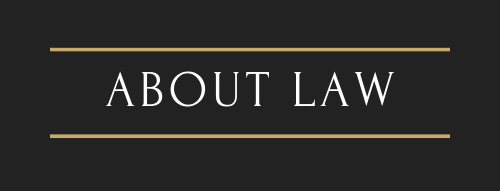Personal Injury Lawyer
 In a he-said-she-said personal injury claim, where the facts of the incident are primarily based on conflicting accounts from the parties involved, gathering and presenting evidence becomes crucial to support one’s case. While it may seem challenging to establish the truth in such situations, various types of evidence can be utilized to strengthen a personal injury claim and provide a more comprehensive perspective. Here are some key pieces of evidence that can be helpful in a he-said-she-said scenario:
In a he-said-she-said personal injury claim, where the facts of the incident are primarily based on conflicting accounts from the parties involved, gathering and presenting evidence becomes crucial to support one’s case. While it may seem challenging to establish the truth in such situations, various types of evidence can be utilized to strengthen a personal injury claim and provide a more comprehensive perspective. Here are some key pieces of evidence that can be helpful in a he-said-she-said scenario:
- Witness Statements: Independent witnesses who observed the incident can provide vital testimony. Their accounts can corroborate or contradict the statements made by the involved parties. Witness statements can be collected through interviews, affidavits, or deposition testimony. The credibility and reliability of the witnesses should be considered, as their statements can significantly impact the outcome of the case.
- Police Reports: If law enforcement officials were called to the scene, their reports can serve as valuable evidence. These reports often contain objective observations, details of the incident, statements from the involved parties, and any actions taken by the police officers. The report’s neutrality and accuracy are crucial in determining the credibility of the information provided.
- Medical Records: In personal injury claims, medical records play a vital role in establishing the extent and nature of injuries. They provide an objective record of the injuries sustained, treatment received, and the medical professional’s observations and assessments. Medical records can help establish a causal link between the incident and the injuries claimed.
- Photographs and Videos: Visual evidence such as photographs or videos can be powerful tools in supporting a personal injury claim. These visual records can capture the scene of the incident, injuries, property damage, or other relevant factors. It is essential to take pictures or record videos as soon as possible after the incident to ensure the preservation of crucial details.
- Expert Opinions: A lawyer, like a personal injury lawyer from a law office such as Hurwitz, Whitcher & Molloy, knows that expert opinions can be sought to provide an objective analysis of the evidence and shed light on the circumstances surrounding the incident. For example, accident reconstruction experts can evaluate the physical evidence, witness statements, and other relevant factors to provide their professional opinion on how the incident occurred. Their expertise can help support one party’s version of events.
- Documentary Evidence: Any relevant documents, such as emails, text messages, or written communications, can be used as evidence to support or contradict the claims made by either party. For example, a text message conversation about the incident or a written agreement relating to the involved parties’ responsibilities may offer valuable insights into the case.
It is important to note that the weight given to each piece of evidence can vary depending on the specific circumstances of the case, the credibility of the parties involved, and the jurisdiction’s legal standards. Building a strong case in a he-said-she-said scenario requires a careful evaluation of the available evidence and strategic presentation to demonstrate the most compelling version of events. Consulting with an experienced lawyer can provide guidance on how to effectively gather and utilize evidence to support a he-said-she-said personal injury claim. Locate your nearest personal injury law firm today.
